| Description | |
- Ultra-High Definition Video: Supports up to 7680x4320 (8K) @ 60Hz, 3840x2160 (4K) @ 120Hz
- Increased Bandwidth: Offers up to 32.4 Gbps data rate
- High Dynamic Range (HDR): Provides richer colors and greater contrast
- Multi-Stream Transport (MST): Connect multiple monitors from one output
- Enhanced Audio: Supports up to 8 channels of uncompressed audio
- Adaptive Sync: Compatible with AMD FreeSync and NVIDIA G-Sync
- Display Stream Compression (DSC): Enables higher resolutions and refresh rates
- Flexible Connectivity: Works with various devices
- Backward Compatibility: Compatible with older DisplayPort versions
- Secure Connection: Compact connector with locking mechanism
|
- USB-A to USB-C cables connect USB-C devices (like smartphones, laptops) to USB-A ports (like computers, chargers).
- Support data transfer and power delivery.
- Feature a reversible USB-C connector for easy use.
- Ideal for charging, data transfer, and connecting peripherals.
|
- Connects USB-B devices (e.g., printers, scanners)
- Supports USB 2.0 data transfer (up to 480 Mbps)
- Durable construction with reinforced connectors
- Available lengths: 1m to 3m (3.3ft to 10ft)
- Plug-and-play; no drivers needed
- Ideal for specialized industrial use and device communication
|
- Connects USB-A (standard rectangular) to USB-C (smaller, reversible) connectors
- Facilitates high-speed data transfer between devices
- Enables fast charging for compatible devices
- Compatible with various USB standards like USB 2.0, USB 3.0, USB 3.1, and USB 3.2
- Available in various lengths and configurations
- Versatile accessory for connecting USB-C devices to computers, chargers, and peripherals
|
- Connects USB-A (standard rectangular) to USB-B (square/trapezoidal) connectors
- Facilitates data transfer between computers and peripherals like printers and scanners
- Can provide power for charging devices like older smartphones and tablets
- Compatible with USB standards such as USB 2.0, USB 3.0, and USB 3.1
- Available in various lengths and configurations
- Versatile accessory for home and professional setups
|
| Content | USB-A-to-USB-C cable is a versatile and essential accessory for connecting legacy devices with USB-A ports to modern gadgets equipped with USB-C ports. This cable ensures seamless data transfer and efficient charging, making it an ideal solution for everyday connectivity needs.
Key Features:
- Universal Compatibility:
- USB-A End: Compatible with standard USB-A ports on older computers, laptops, wall chargers, and power banks.
- USB-C End: Compatible with the latest smartphones, tablets, laptops, and other devices featuring USB-C ports.
- High-Speed Data Transfer:
- USB 2.0 Version: Supports data transfer speeds up to 480 Mbps.
- USB 3.0/3.1 Version: Supports data transfer speeds up to 5 Gbps.
- USB 3.1 Gen 2 Version: Supports data transfer speeds up to 10 Gbps.
- Efficient Charging:
- Supports various power outputs, typically up to 5V/3A (15W) for most cables.
- Some models support USB Power Delivery (USB PD), enabling higher power transfer for rapid charging of compatible devices.
- Durability and Build Quality:
- Constructed with reinforced connectors to withstand frequent plugging and unplugging.
- Available with braided or durable outer sheathing for enhanced durability and resistance to wear and tear.
- Convenient Length Options:
- Offered in multiple lengths ranging from 0.5 meters (1.6 feet) to 3 meters (10 feet) to accommodate different usage scenarios.
- Reversible USB-C Connector:
- The USB-C end features a reversible design, allowing it to be plugged in either direction for added convenience and ease of use.
| Cat5 Ethernet cables are the cornerstone of wired network connections, providing reliable and high-speed data transmission for various applications. Ideal for home, office, and commercial networking setups, Cat5 cables offer a cost-effective solution for establishing stable and secure connections between devices.
Key Features:
- High-Speed Data Transmission: Capable of supporting data rates up to 1000 Mbps (1 Gbps), ensuring swift and efficient data transfer.
- Twisted Pair Design: Utilizes twisted pair conductors to reduce electromagnetic interference (EMI) and crosstalk, resulting in clear and reliable signals.
- Multiple Length Options: Available in various lengths, ranging from a few feet to hundreds of feet, to accommodate different networking needs.
- Universal Compatibility: Compatible with a wide range of devices, including computers, routers, switches, modems, printers, and more.
- Durable Construction: Constructed with high-quality materials and durable connectors to withstand frequent use and bending.
- Easy Installation: Plug-and-play design allows for hassle-free installation without the need for additional tools or configurations.
- Cost-Effective Solution: Provides an affordable way to establish wired network connections compared to wireless alternatives.
- Flexible Use: Suitable for both residential and commercial environments, including homes, offices, schools, and data centers.
Specifications:
- Cable Type: Cat5 Ethernet Cable
- Data Rate: Up to 1000 Mbps (1 Gbps)
- Connector Type: RJ45
- Length Options: Various lengths available
- Color Options: Typically available in blue, gray, or black
Applications:
- Home Networking
- Office Networking
- Commercial Networking
- Gaming
- Streaming
- VoIP (Voice over Internet Protocol)
- Surveillance Systems
- Server Rooms
| USB-A to USB-C cables are a type of USB cable that has a USB Type-A connector on one end and a USB Type-C connector on the other end. These cables are commonly used to connect devices with USB-C ports to devices with USB-A ports, such as connecting smartphones, tablets, laptops, and other devices to computers, chargers, and other host devices.
Description
Connectors
- USB Type-A Connector (Male)
- Shape: Rectangular
- Function: Plugs into the USB-A port on the host device.
- Compatibility: Compatible with most computers, USB hubs, and chargers.
- USB Type-C Connector (Male)
- Shape: Reversible, oval-shaped
- Function: Plugs into the USB-C port on the peripheral device.
- Compatibility: Compatible with devices featuring USB-C ports, such as smartphones, tablets, laptops, and gaming consoles.
Features
- Data Transfer: Supports various data transfer speeds, including USB 2.0, USB 3.0, USB 3.1 Gen 1, and USB 3.1 Gen 2, depending on the cable specifications.
- Power Delivery: Capable of delivering power to USB-C devices, allowing for charging and powering peripherals.
- Reversible Design: USB-C connector can be plugged in either orientation, making it convenient and user-friendly.
- Durability: High-quality cables often feature reinforced connectors and shielding to prevent interference and ensure long-lasting performance.
- Versatility: Suitable for various applications, including charging, data transfer, and connecting peripherals.
| USB-B to USB-B cables are designed to connect devices with USB-B ports. These cables are typically used for connecting certain peripherals, such as printers, scanners, and other devices, to each other or to a computer with a USB-B interface.
Key Features:
- Universal Compatibility:
- USB-B End: Fits standard USB-B ports found on many older peripherals like printers, scanners, and some external hard drives.
- Data Transfer:
- Provides reliable data transfer between devices with USB-B ports.
- Typically supports data transfer rates up to USB 2.0 standard (480 Mbps).
- Durability and Build Quality:
- Constructed with high-quality materials to ensure longevity and resistance to wear and tear.
- Often features reinforced connectors and durable cable sheathing.
- Lengths and Flexibility:
- Available in various lengths to suit different setup requirements, commonly ranging from 1 meter (3.3 feet) to 3 meters (10 feet).
- Plug-and-Play:
- Easy to use with no need for additional drivers or software for most operating systems.
Typical Use Cases:
- Connecting Printers and Scanners:
- Ideal for connecting USB-B equipped printers and scanners to computers or other devices.
- Inter-Device Communication:
- Facilitates direct communication between two USB-B equipped devices.
- Specialized Applications:
- Used in some industrial and professional environments where specific devices require USB-B connections.
| USB-A-to-USB-C cables are commonly used for connecting devices with USB-C ports to devices with USB-A ports. Here's a description:
- Connectivity: USB-A-to-USB-C cables feature a USB-A connector on one end and a USB-C connector on the other. The USB-A connector is the standard rectangular connector found on computers, laptops, and USB hubs, while the USB-C connector is a smaller, reversible connector commonly found on newer devices like smartphones, tablets, laptops, and external hard drives.
- Data Transfer: These cables facilitate high-speed data transfer between devices, allowing users to connect USB-C devices, such as smartphones, tablets, laptops, and peripherals like external hard drives and monitors, to computers or other devices with USB-A ports.
- Power Delivery: USB-A-to-USB-C cables can also provide power delivery, enabling fast charging for compatible devices. They support various power delivery standards, allowing for efficient charging of smartphones, tablets, and other USB-C devices.
- Compatibility: These cables are compatible with various USB standards, including USB 2.0, USB 3.0, USB 3.1, and USB 3.2, depending on the specific cable and the devices being connected.
- Length and Varieties: USB-A-to-USB-C cables come in various lengths and configurations to suit different needs and setups. Some may have additional features such as braided shielding for durability, gold-plated connectors for better conductivity, or USB-IF certification for compliance with industry standards.
- Versatility: USB-A-to-USB-C cables are versatile accessories that are widely used in both home and professional environments for connecting a wide range of USB-C devices to computers, laptops, chargers, and other USB-A-equipped devices. They are essential for ensuring seamless connectivity and data transfer between devices with different port types.
| USB-A-to-USB-B cables are commonly used for connecting various peripherals and devices to computers and other USB-equipped devices. Here's a description:
- Connectivity: USB-A-to-USB-B cables feature a USB-A connector on one end and a USB-B connector on the other. The USB-A connector is the standard rectangular connector found on computers, laptops, and USB hubs, while the USB-B connector is typically square or trapezoidal and is commonly used for printers, scanners, and other peripherals.
- Data Transfer: These cables facilitate data transfer between devices, allowing users to connect peripherals such as printers, scanners, external hard drives, and audio interfaces to their computers or other devices with USB ports.
- Power: USB-A-to-USB-B cables can also provide power to devices, making them suitable for charging certain devices like older smartphones, tablets, and some music equipment.
- Compatibility: They are compatible with various USB standards, including USB 2.0, USB 3.0, and USB 3.1, depending on the specific cable and the devices being connected.
- Length and Varieties: These cables come in various lengths and configurations to suit different needs and setups. Some may have additional features such as gold-plated connectors for better conductivity or braided shielding for improved durability and signal integrity.
- Versatility: USB-A-to-USB-B cables are versatile and widely used in both home and professional environments for connecting a range of devices to computers and other USB-enabled devices. They are essential accessories for ensuring seamless connectivity and data transfer between various peripherals and computers.
|
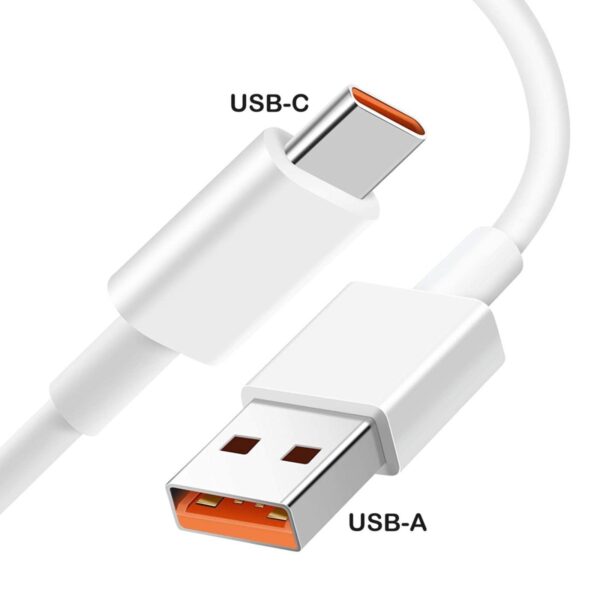
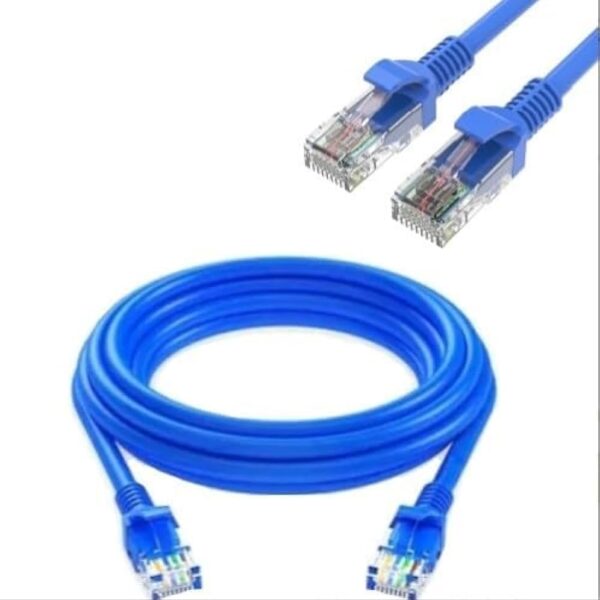
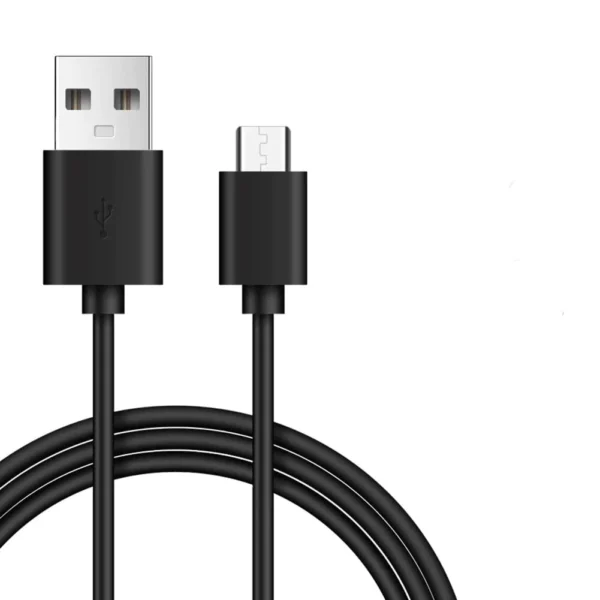

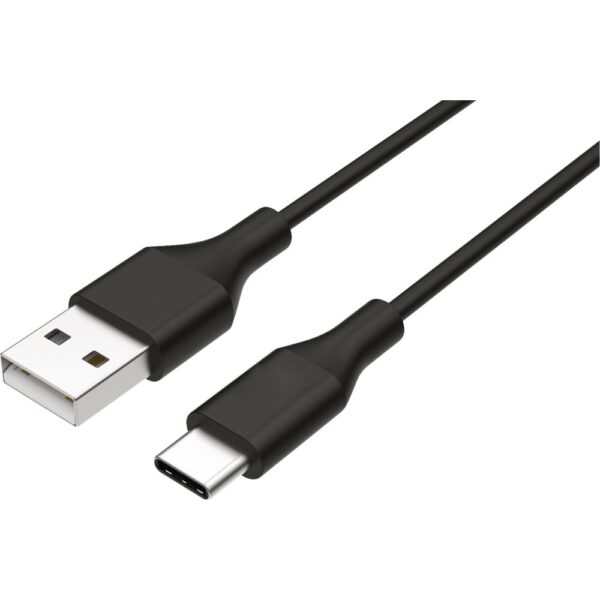
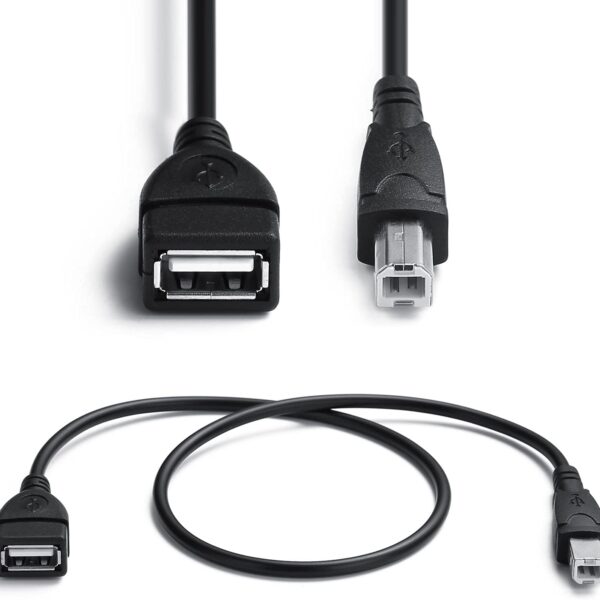
![Charger Charging Cable Cord [USB-C, 5ft] for Logitech Wireless G733 KDA G PRO X Lightspeed](https://cableonclick.com/wp-content/uploads/2024/06/0193-USB-A-to-USB-C-Cables-04-570x760.jpg)
![Charger Charging Cable Cord [USB-C, 5ft] for Logitech Wireless G733 KDA G PRO X Lightspeed](https://cableonclick.com/wp-content/uploads/2024/06/0193-USB-A-to-USB-C-Cables-07-570x760.jpg)
![Charger Charging Cable Cord [USB-C, 5ft] for Logitech Wireless G733 KDA G PRO X Lightspeed](https://cableonclick.com/wp-content/uploads/2024/06/0193-USB-A-to-USB-C-Cables-04-150x200.jpg)
![Charger Charging Cable Cord [USB-C, 5ft] for Logitech Wireless G733 KDA G PRO X Lightspeed](https://cableonclick.com/wp-content/uploads/2024/06/0193-USB-A-to-USB-C-Cables-07-150x200.jpg)











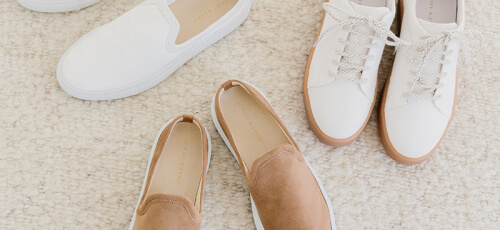
Rating & Review
There are no reviews yet.